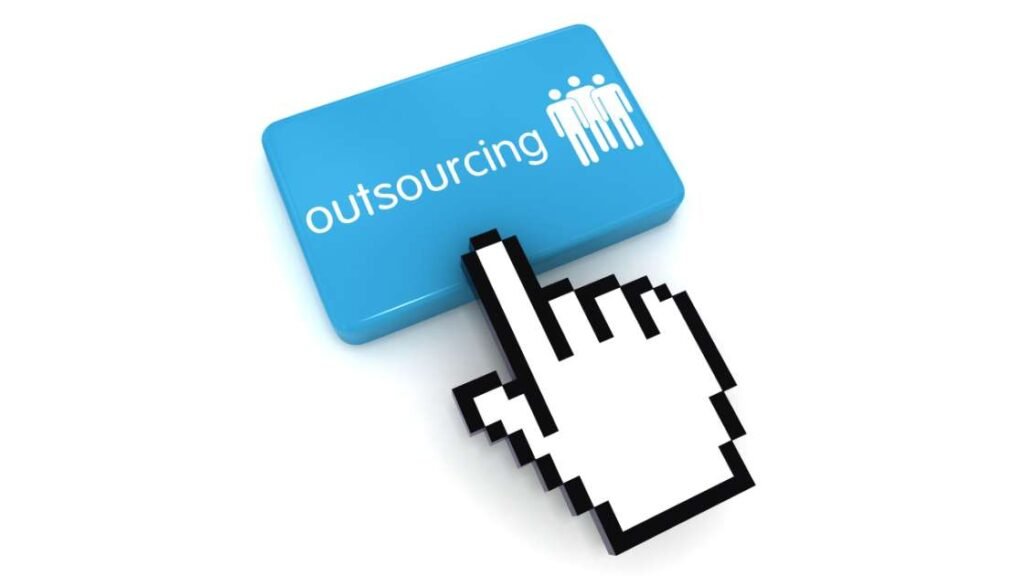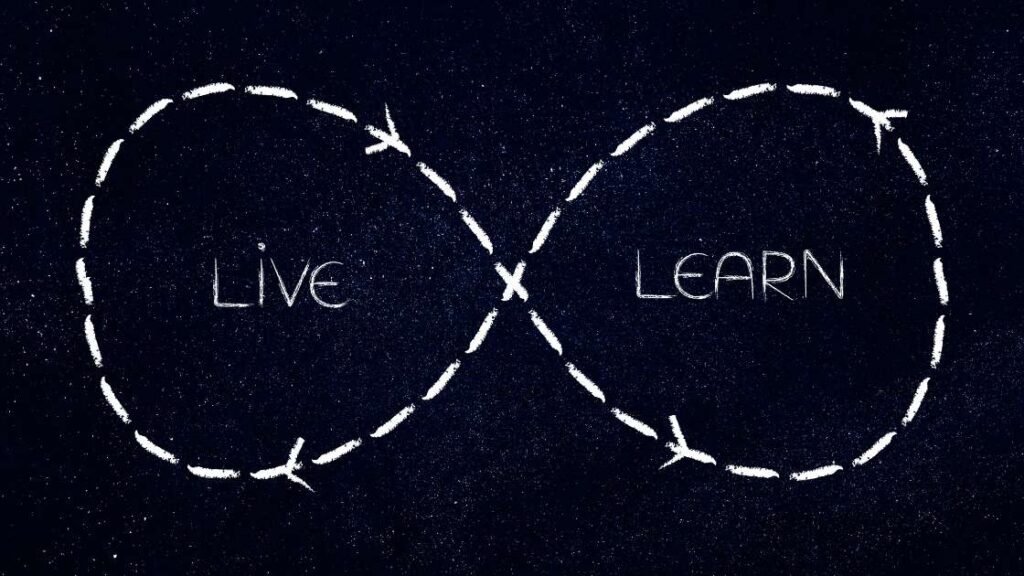We’ve all heard that achieving work-life balance is important. This means, for most of us, work is tilting the scales and we need to devote more time to other elements of our non-work personal lives – and in some cases to ‘get a life’. Whether right or wrong, the truth of modern-day work organisation is that we are now working longer hours than ever before.
The modern job environment and world economy, along with technology which enables us to work 24/7, as well as the expense of living, make achieving balance increasingly challenging. If we consider this as a scale, most of us will find that the number of hours we spend working will considerably tilt the scales. All of this makes the art of work-life balance an incredibly invaluable skill in the present scenario.
Even though achieving work-life balance can feel like an elusive dream most times, you needn’t worry, because today we’re delving into the art of attaining work-life balance and discovering the key to long-term success. Finding the ideal balance between work and personal life is critical for our general well-being and leading a fulfilled and happy life.
It’s definitely not a one time thing, but here are five critical actions that can assist us in striking that fine balance:
- Observe what is creating the imbalance in your life
- Analyse your responsibilities
- Relegate/outsource some tasks
- Implement the changes
- Rinse and repeat
Table of Contents
Observe What Is Creating The Imbalance In Your Life

When all you do is work, work, and then some more work, you lose sight of yourself and your hobbies.
You must take a step back and watch what you are doing and why as if you were a fly on the wall. Take note of your most critical responsibilities that take up the most of your day. While you’re at it, make a list of the regular tasks that seem to consume the most of your time during the day.
Analyse Your Responsibilities

Once you’ve determined where your time goes, you should consider how you feel about these duties. To make the activity more concrete, consider tasks that make you joyful, neutral, cringy, or positively miserable.
Some of these tasks are unavoidable. Such as training your team members, onboarding fresh teammates, caring for elderly parents, or picking up your child from football practice. Make a list of such responsibilities. Analyse your responsibilities and how you feel about them.
Relegate And Outsource Some Tasks

Yes, now that you’ve identified your responsibilities and your feelings, it’s time to consider alternatives. How can you take care of your responsibilities more effectively? Can you relegate some of the work to your trusted employees? Before you throw up your hands and say that you have to accomplish most of these things, let me remind you of a basic time management principle. You do not have to do everything on your own. It is sufficient to outsource it and ensure that the task is completed correctly and on schedule.
While you’re gleeful at the thought of completing some of the activities without really doing them, there’s something else you should think about. Even for work that you enjoy, you should explore alternatives.
Why?
Because I’m guessing you’re devoting an abnormally unfair amount of time to such chores just because you enjoy them!
Remember, we want to strike a balance! And this -the ability to let go- is the most difficult step to learn in the art of work-life balance.
Implement The Changes

After you’ve considered your options, it’s time to put them into action. Start outsourcing, in other words.
There will be some difficulties at first, but you can set the tone by denormalizing working long hours.
Those around you are accustomed to witnessing you slug it out without complaint. When you begin to implement these changes, they will be surprised and may even dislike it.
Onboarding your colleagues, supervisor, and family members is a wise practice because they will be the most affected.
Thankfully, work-life balance discussions are becoming more common, making it easier for you to initiate them.
Rinse And Repeat

As I mentioned at the opening of this essay, achieving work-life balance is not a one-time event. It’s more like a cycle where you have to keep rolling. So, every time you feel overwhelmed by your tasks, go back to step one. Because, whether deliberately or unknowingly, you are biting off more than you can chew.
Conclusion
Remember that finding work-life balance is a process rather than a destination. Begin adopting these tactics gradually, keeping in mind that consistency and self-discipline are essential for long-term success. Let us take those tiny steps toward a more balanced and fulfilled existence together.
Comment below with your views, experiences, and extra tips. Let us encourage and support one another on this great trip!
Also read: How to Build Your Personal Brand at Work?
